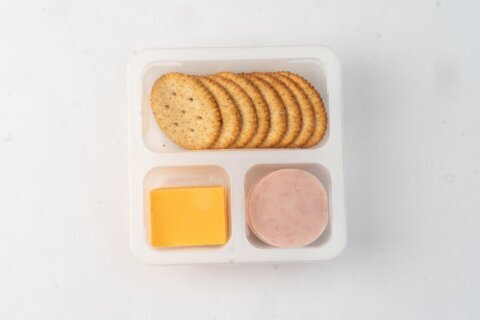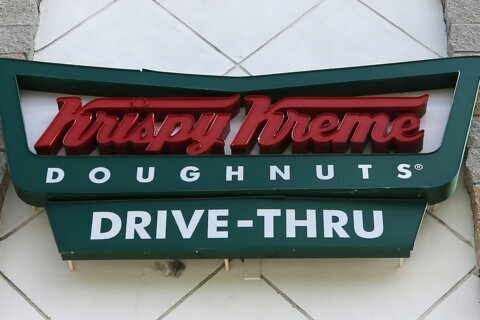WASHINGTON — A cheeseburger, fries and large drink may only cost you a few bucks at the drive thru, but experts say the cost of that fast-food meal is far greater than its price tag.
Danielle Nierenberg, president of the nonprofit Food Tank, says it all comes down to true cost accounting, “which is really just a fancy name for this economic model that takes into account everything that goes into food — the invisible or hidden costs, as well as some of the hidden benefits.”
“You’re talking about everything from the fertilizer that’s used to grow the grain that’s fed to the cows … and even water pollution from confined animal feeding practices.”
Americans are spending less on food than ever before and spend less than any other country in the world. According to The Atlantic, the average household in the U.S. spends between 7 and 11 percent of its income on food. Thirty years ago, that number was closer to 20 percent.
Ever since the 1950s and ‘60s, the American food system has been focused on producing bigger yields. The government has also pumped more money into subsidizing corn and “a lot of staple crops and not the things that will actually make people healthy,” Nierenberg says.
Many of these products are used to make processed foods.
“Consumers need to be aware that they’re not paying full price right now. … We expect food to be very inexpensive,” Nierenberg says. “We’ve sort of forgotten what we value, or what we should value.”
The price tag on a bag of chips might be low, but Nierenberg says you’re going to pay for it somewhere down the line.
“If you just look at the obesity epidemic or diabetes and cardiovascular disease, you see a lot of these health costs,” Nierenberg says.
Currently, more than one-third of American adults, or 78.6 million people, are obese. And the costs associated with obesity are not to be overlooked. The Centers for Disease Control and Prevention estimates that the medical costs for obesity in the U.S. added up to $147 billion in 2008.
“The consumer doesn’t always have to pay for [these costs], but someone pays for them down the line,” Nierenberg says.
She argues that the environmental cost of a “cheap” food system should also be considered more by policy makers and consumers. Agricultural runoff contributes to water pollution, and certain crops diminish biodiversity, both of which cost the U.S. billions each year. However, there are ways to correct this course.
“When things are done in a more sustainable way, you can sequester carbon in soils or preserve biodiversity,” Nierenberg says.
A change to the current system will likely cost consumers a few dollars more up front, but will provide more benefits in the long run.
“We’re not only talking about costs here, but if we realize how much the food system can do to combat climate change or promote better animal or social welfare … it will be a more palatable price for them to pay. They won’t think of it as such a huge burden or a huge cost.”
Nierenberg says those who want to be more conscious of their consumption of “cheap food” can start by reducing the amount of food wasted at home.
“Really being conscious of how much you buy and making sure that your eyes aren’t bigger than your stomach is one really concrete way that we can all take true cost accounting into our lives,” she says.
“Food will likely continue to be inexpensive for consumers in the United States for a long time, but there’s no reason for the amount of food that we’re wasting.”
Want to learn more about true cost accounting? Food Tank is hosting a panel on The Real Cost of Food on Nov. 12 from 10:30 a.m. to noon at the Founders Room at American University. Experts representing academia, industry and government organizations will be in attendance. For information on registration, visit Food Tank’s website.







